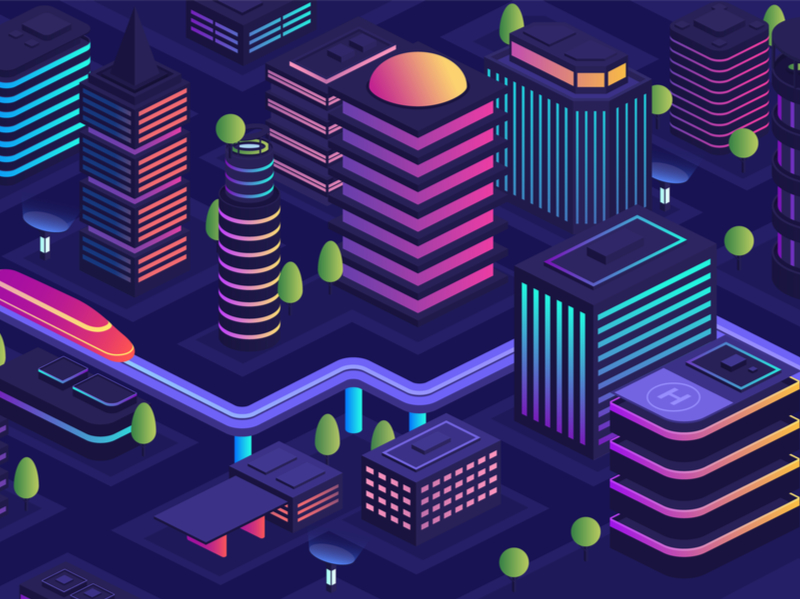It’s nothing new to see avatars of ourselves reflected back at us in the digital world. For the last two decades we’ve been building social media profiles, setting up e-commerce shopping accounts, and collaborating with peers via personal devices.
And yet, we still think of ourselves solely as physical beings.
Prof. Irad Ben-Gal, co-founder of CB4 and Head of Tel Aviv University’s Lab of Machine Learning, AI, Business & Data Analytics (LAMBDA) says that this is about to change. That’s why Ben-Gal co-heads Digital Living 2030, a joint research project between Stanford University and Tel Aviv University. Digital Living 2030’s annual meeting brings together some each institution’s most talented and brilliant faculty and students to “spearhead the development of infrastructures, processes, methods and algorithms to create and support the new digital-physical world.”
Wondering what this all means for the retail sector? I had a chance to sit down with Ben-Gal and discuss. Here’s what you need to know.
Once, innovative companies were purely physical.
Automotive leaders like Ford and General Motors and Energy companies like Exxon made their mark on the world by manufacturing physical products that impacted the physical world. Couldn’t get from Point A to Point B? Ford will get you there.
Later, we considered digital technology companies the true innovators.
First, it was hardware companies like IBM and Apple. Later we added software companies like Google to the mix. The age of the internet was upon us, but our physical lives were still not enmeshed with the technology at our fingertips.
Today’s crop of revolutionaries capitalize on the duality between the physical and the digital.
Think: Uber, Airbnb, & Amazon. These innovators play both on both sides of the fence. They take a physical problem (i.e. needing to get from your home to the airport), map it out in the digital world (i.e. tracking nearby cars), solve it quickly in the digital space (pinging the nearest available driver and co-passenger), and then mapping to solution back to the physical world (a driver shows up at your doorstep).
The most cutting-edge retail technology is doing the same thing.
CB4 deals with physical problems by harnessing the world of bots. Our patented AI solution maps actual sales to a digital POS model of selling patterns in stores. Then, we use the digital domain to compare thousands of stores’ selling patterns simultaneously. We find patterns which would otherwise be invisible to spot in the physical domain. Then, we find anomalies to those patterns and map those anomalies back to physical stores. As a result, we detect and help retailers resolve thousands of costly floor execution issues every single day.
We can use the same technology and concept for many other cases—i.e., to determine which product is missing from a store’s assortment, run better inventory, help improve operations communication, etc. The applications are endless once you know how to play on both worlds. Retailers who are interested in competing in the present and readying themselves for the future will pay special attention to technologies that use digital competencies and AI to solve their most urgent real-world problems.
If you’re ready to learn more about CB4, check out this video about how the technology actually works in stores.



